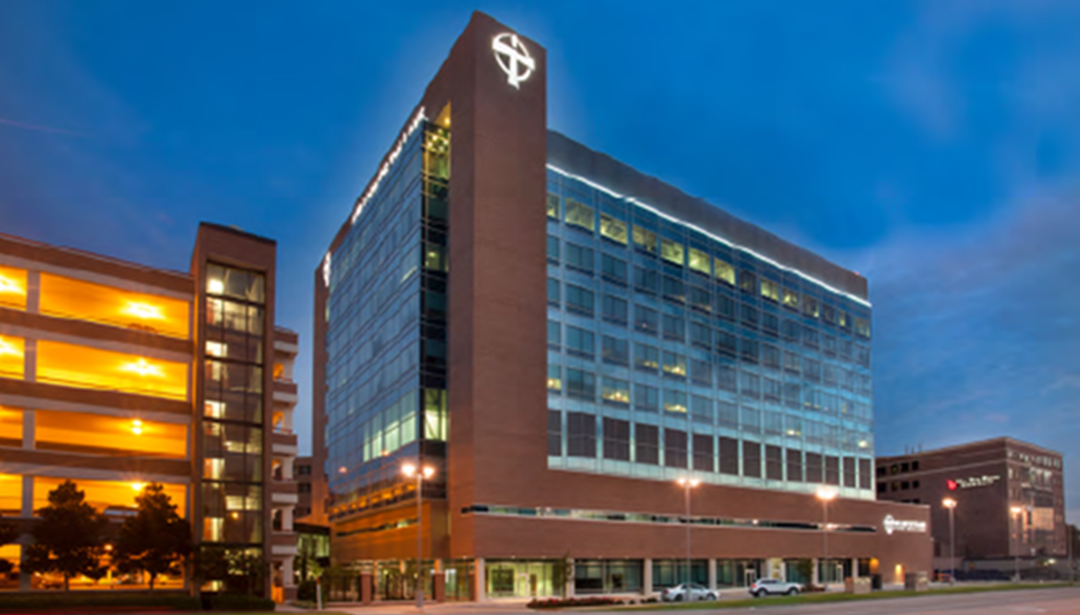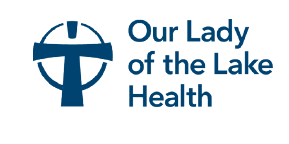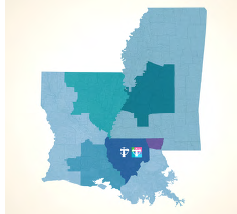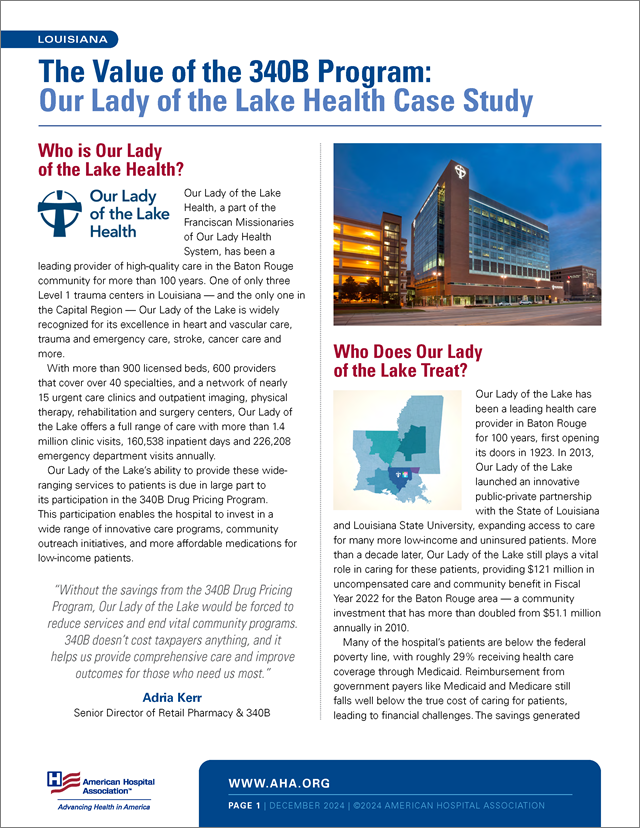

Our Lady of the Lake Health | Louisiana
The Value of the 340B Program Case Study

Who is Our Lady of the Lake Health?
 Health, a part of the Franciscan Missionaries of Our Lady Health System, has been a leading provider of high-quality care in the Baton Rouge community for more than 100 years. One of only three Level 1 trauma centers in Louisiana — and the only one in the Capital Region — Our Lady of the Lake is widely recognized for its excellence in heart and vascular care, trauma and emergency care, stroke, cancer care and more.
Health, a part of the Franciscan Missionaries of Our Lady Health System, has been a leading provider of high-quality care in the Baton Rouge community for more than 100 years. One of only three Level 1 trauma centers in Louisiana — and the only one in the Capital Region — Our Lady of the Lake is widely recognized for its excellence in heart and vascular care, trauma and emergency care, stroke, cancer care and more.
With more than 900 licensed beds, 600 providers that cover over 40 specialties, and a network of nearly 15 urgent care clinics and outpatient imaging, physical therapy, rehabilitation and surgery centers, Our Lady of the Lake offers a full range of care with more than 1.4 million clinic visits, 160,538 inpatient days and 226,208 emergency department visits annually.
Our Lady of the Lake’s ability to provide these wideranging services to patients is due in large part to its participation in the 340B Drug Pricing Program. This participation enables the hospital to invest in a wide range of innovative care programs, community outreach initiatives, and more affordable medications for low-income patients.
“Without the savings from the 340B Drug Pricing
Program, Our Lady of the Lake would be forced to
reduce services and end vital community programs.
340B doesn’t cost taxpayers anything, and it
helps us provide comprehensive care and improve
outcomes for those who need us most.”
Adria Kerr
Senior Director of Retail Pharmacy & 340B
Who Does Our Lady of the Lake Treat?

Our Lady of the Lake has been a leading health care provider in Baton Rouge for 100 years, first opening its doors in 1923. In 2013, Our Lady of the Lake launched an innovative public-private partnership with the State of Louisiana and Louisiana State University, expanding access to care for many more low-income and uninsured patients. More than a decade later, Our Lady of the Lake still plays a vital role in caring for these patients, providing $121 million in uncompensated care and community benefit in Fiscal Year 2022 for the Baton Rouge area — a community investment that has more than doubled from $51.1 million annually in 2010.
Many of the hospital’s patients are below the federal poverty line, with roughly 29% receiving health care coverage through Medicaid. Reimbursement from government payers like Medicaid and Medicare still falls well below the true cost of caring for patients, leading to financial challenges. The savings generated from 340B are critical in ensuring that Our Lady of the Lake can still provide an exceptional level of care and important community programing for its uninsured and underinsured patients.
What’s the Value of the 340B Program for Our Lady of the Lake’s Community?
The 340B Drug Pricing Program is a lifeline for hospitals like Our Lady of the Lake and the patients and communities they serve. The program saves Our Lady of the Lake’s health system around $120 million a year, which helps cover a large amount of uncompensated care and innovative programs that improve health outcomes in the community. In addition, the program enables Our Lady of the Lake to:
Increase Access to Prescription Drugs
With the savings generated from the 340B program, Our Lady of the Lake is able to ensure uninsured patients pay an average of $7.77 for retail prescriptions and $48.05 for specialty medications compared to the non-340B price of $78.13 and $3,937.10, respectively. Further, the hospital’s Meds to Beds program helps ensure patients have their medications before discharge. Our Lady of the Lake also offers free delivery of medications to low-income neighborhoods in the greater Baton Rouge area to ensure that patients can access their prescription medications close to home without having to travel to a pharmacy.
Embed Patient Care Navigators
Our Lady of the Lake has assigned case managers and social workers to the emergency department to help patients navigate follow-up care after a visit, helping reduce the risk of readmission and increasing follow-up appointment compliance from 23% to 76%.
Address Food Insecurity and Nutrition.
340B savings help fund programs to address food insecurity and improve nutrition in Baton Rouge’s low-income neighborhoods. Our Lady of the Lake’s Geaux Get Healthy program hosts classes to teach community members how to shop for and cook nutritious meals on a budget, helping improve health outcomes for people who are low-income and/or have diabetes.
Mobile Immunization Clinics
Our Lady of the Lake began a program to increase access to immunizations through mobile clinics. With buses traveling across the region, the hospital provides immunizations at community centers and schools to those who may struggle to access them otherwise. This program is integral to promoting public health throughout the area and is supported by 340B savings.
340B Hospitals Need Support
Hospitals participating in the 340B Drug Pricing Program like Our Lady of the Lake are threatened by potential cuts to the program and ongoing, unlawful restrictions put in place by drug companies. Because of these restrictions, the number of drugs that Our Lady of the Lake can offer at discounted prices has dropped by as much as 75% in recent years. Due to state legislation, some manufacturers have eased restrictions, but their intentions to continue cutting the program’s benefits are clear. For example, one drug company recently announced its plans to move to a rebate model for certain 340B drugs, a fundamental change in the way the program works and in violation of the law. Additionally, new reporting requirements have created a significant administrative burden, forcing the hospital to hire more staff just to keep up with the ever-changing rules and policies.
We need the federal government to continue its support and protection of the 340B Drug Pricing Program so that historically marginalized patients like those served at Our Lady of the Lake can maintain access to high-quality, affordable care.


